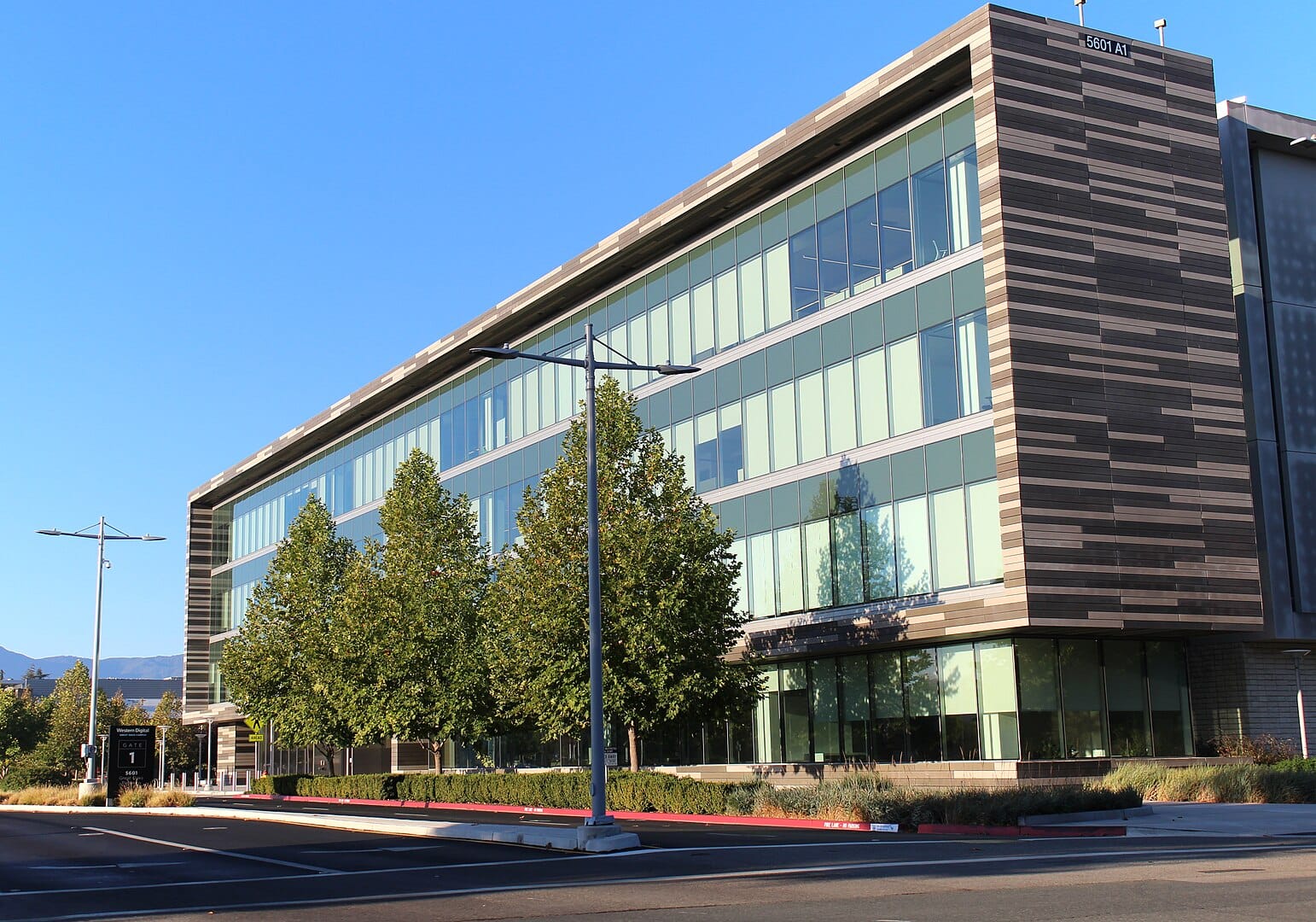Sure! Here’s the translation:
—
The company presents OCCL 2.0, new storage platforms, and an interoperability strategy for disaggregated data centers and AI-driven workloads.
Western Digital has raised its stakes in modern storage architectures at the 2025 edition of Computex. Under the theme of open collaboration and intelligent scalability, the American company introduced new solutions that reinforce its position as a strategic partner in building data centers optimized for artificial intelligence, disaggregated storage, and Software-Defined Storage (SDS) solutions.
OCCL 2.0: Open Interoperability as the Foundation for the Future
The major highlight is the evolution of its open compatibility lab, the Open Composable Compatibility Lab (OCCL 2.0), located in Colorado Springs. This testing environment simulates real-world conditions to validate open architectures in network-attached storage (NVMe-oF), high-performance networking, and software-defined solutions.
Among its highlights are:
- Reference architectures for real-world deployments.
- Best practices for disaggregated storage.
- Detailed benchmarking with SSD partners (Kioxia, Phison, SanDisk, ScaleFlux, among others).
- Validation of energy efficiency and performance.
The OCCL 2.0 serves as a meeting point for suppliers and customers looking to build cloud infrastructures that are vendor-locked-free with guaranteed compatibility. Companies like NVIDIA, Intel, MinIO, Broadcom, and Arista Networks are participating.
New Platforms: OpenFlex and Ultrastar Renewed
Western Digital expands its product line with two key releases:
- OpenFlex Data24 4100 EBOF: a new version of its NVMe-over-Fabric storage solution with single-port SSDs, ideal for cloud environments where high availability is not critical. It will be available in the third quarter of 2025.
- Ultrastar Data102 3000 ORv3 JBOD: a massive storage solution compliant with the Open Rack v3 standard from the Open Compute Project. It enhances energy efficiency, airflow, and management, and meets FIPS 140-3 level 3 and TAA compliance requirements. It will be available in the fourth quarter of 2025.
Both solutions are designed to integrate into data centers that demand high storage density, modularity, and readiness for workloads like AI model training, inference, and scalable storage of unstructured data.
Flexibility with Multiple SSD Vendors
One of the cornerstones of Western Digital’s new approach is multi-vendor qualification for its platforms. Currently, SSD units from DapuStor, Kioxia, Phison, SanDisk, and ScaleFlux have been validated, with more manufacturers undergoing certification. This allows customers to customize their architectures based on availability, price, or performance, enhancing supply chain resilience.
Strategy for Intelligent Storage
Kurt Chan, vice president of the Platforms unit at Western Digital, summarizes the moment: “With OCCL 2.0 and our innovations, we are not just keeping pace with demand; we are setting it. We are helping organizations scale intelligently, move quickly, and deploy infrastructures with confidence.”
Western Digital demonstrates at Computex that its commitment to open composability, high-performance storage, and collaboration with the tech ecosystem is not a tactic but a strategy. With a focus on AI, energy efficiency, and flexibility, it is positioning itself as a key player in reshaping the data centers of the future.

